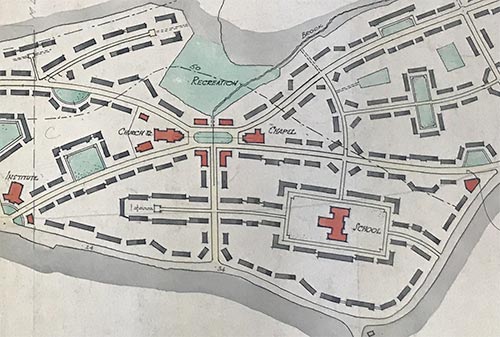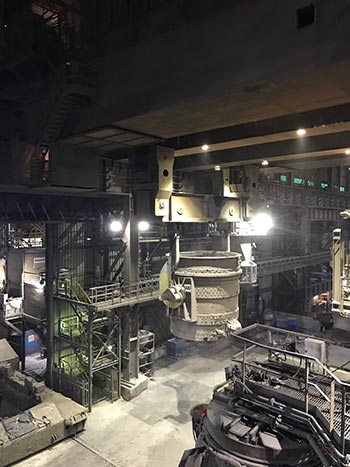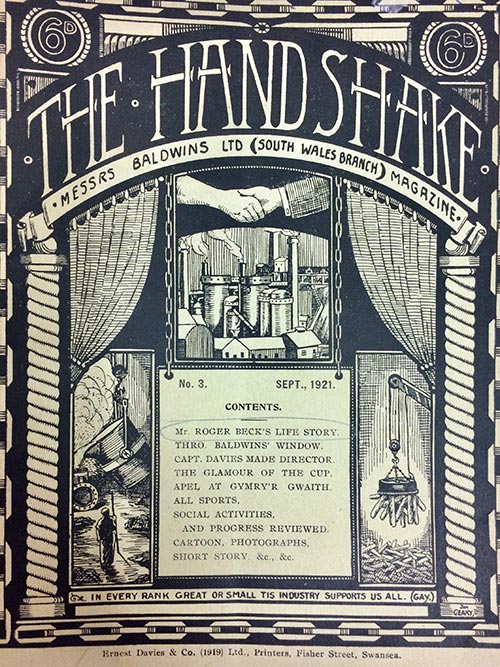By the 1960s iron and steel employed more people in Wales than the Coal Industry
Despite its importance, the impact of steel on those who worked in the industry, their families and the towns in which they lived remains a little -known aspect of Wales’s twentieth-century history.
The ‘Social Worlds of Steel’ project explores these human dimensions of the industry which shaped the lives of so many people in twentieth-century Wales. It does so by looking beyond the furnaces and mills of Wales’s largest steelworks, to discover how individuals, communities and institutions adapted to the demands of the steel industry in its heyday.
In the industry’s boom periods during the First World War and after 1945, steel companies became involved in the provision of housing, transport, educational and recreational facilities in Welsh towns from Ebbw Vale and Port Talbot in the south, to Shotton and Brymbo in the north east. In doing so they had a hand in creating communities very different in character from the older industrial towns of Victorian Wales.
By examining the social worlds of steel we can see at close quarters the impact of the industry on the evolving picture of the working-class home, the relationship between home and workplace and patterns of social interaction. These insights help shed light not only on the social worlds of steel in Wales but also on some key aspects of British society in the twentieth century.
The Social Worlds of Steel is an Arts and Humanities Research Council-funded project led by Professor Louise Miskell of Swansea University’s History Department.





